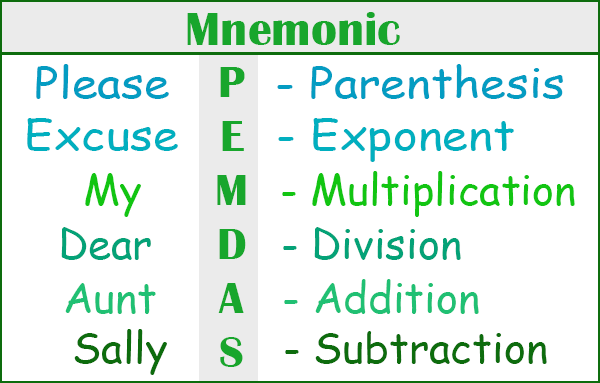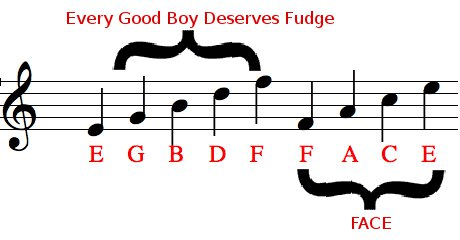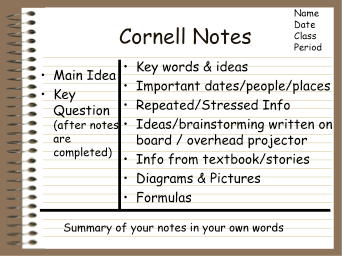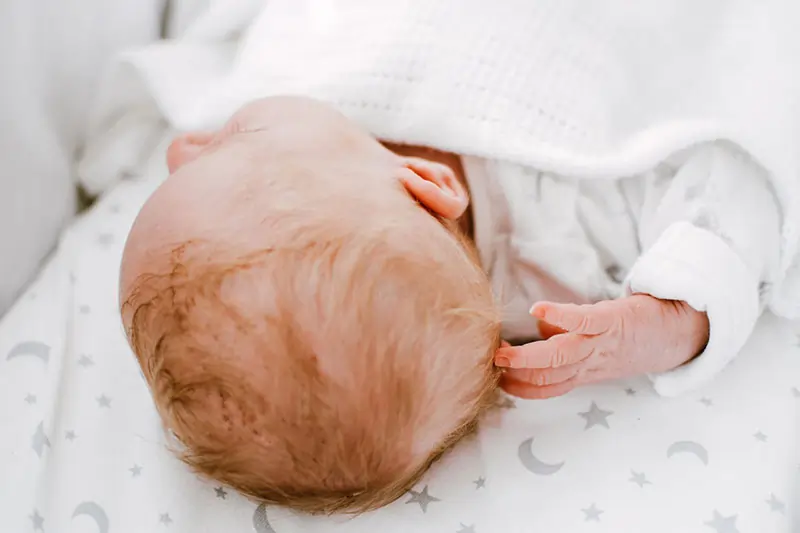Mnemonics For Better Memory

How do people, especially students, remember large quantities of information?
A good memory is an invaluable asset. The good news is that there are ways in which you can improve your memory of large chunks of information from different techniques you can learn to supplements as Prevagen that help you have a way better memory.
Mnemonics are ways of memorizing that help learners remember large chunks of information that are presented in the form of lists, cycles, maps, parts, steps, characteristics or stages. In fact, the use of mnemonics dates back to 500 BC, according to Yates (1966). The word mnemonic itself is derived from the Greek word Mnemosyne, the ancient Greek goddess of memory. A 2015 study on the effectiveness of the use of mnemonics in instruction found it to be more effective than the traditional lecture method in ensuring that students retain the information that is discussed in the class.
There are different types of mnemonic devices, as described below.
1. Rhyme mnemonics
Rhyme mnemonics puts the information to be remembered in the form of a rhyme that can easily be remembered. For example, kindergarten children easily memorize the days of the week by reciting
Sunday Monday Tuesday Wednesday
Thursday Friday Saturday
There are seven days
There are seven days
There are seven days
In a week.
The following rhyme mnemonic is commonly used to remember the number of days in a month.
30 days has September, April, June, and November.
All the rest have 31
Except February my dear son.
It has 28 and that is fine,
but in Leap Year it has 29.
Your English teacher would probably have taught you this one:
I before e except after c
or when sounding like a
in neighbor and weigh
2. Music mnemonics
Making up songs or jingles with the first letters of the words or the words themselves that you have to remember, is another popular way of remembering. The most popular song or jingle mnemonic that almost every kid learns is the ABC alphabet song.
A B C D E F G
H I J K L M N O P
Q R S T U V
W X Y and Z
Now I know my ABC
Next time won’t you sing with me?
3. Name Mnemonics
In a name mnemonic, the first letter of each word that is to be remembered is used to make up a name that can easily be remembered. Sometimes the items are rearranged to make the name more memorable.
Example:
Pvt. Tim Hall = Essential amino acids (Phenylanine, Valine, Threonine, Tryptophan, Isolucine, Histidine,Arginine, Leucine, Lysine.)
4. Model mnemonics
Sometimes students have to memorize long processes, or relationships. Model mnemonics is very useful here. This is very useful to students who are visual learners who learn best when information is visually represented.
For example, in order to understand the different components of a plot in a short story, a visual learner might benefit from the following model:

Another example is the mnemonic that is used to remember the order of operations in pre-algebra: Parentheses, exponents, multiplication, division, adding, and subtraction.
PEMDAS – Please Excuse My Dear Aunt Sally

5. Expression or Word Mnemonics
This is very popular with students. To make this mnemonic, the first letter of each item in a list is arranged in such a way that a sentence, phrase or word emerges.
Examples:
In English, the 7 coordinating conjunctions are For, And, Nor, But, Or, Yet, So
= FANBOYS.
Here is another, from music.

Can you create an Expression Mnemonic for remembering the order of the planets from the sun outward?
Mercury, Venus, Earth, Mars, Jupiter, Saturn, Uranus, and Neptune.
Here goes:
My Very Exhausted Mother Just Sat Utterly Numb.
Or
My Very Energetic Mother Just Served Us Nachos!
Well, you could substitute any other word here. Mnemonics is just a matter of imagination!
6. Note Organization Mnemonics
Note organization mnemonics makes use of the principle that the human mind likes to organize information in related categories. The following are three examples of organizing information that promote recall.
a) Notecards
Many beginner public speakers use note cards to remember the key points of their speech. These note cards are small rectangular pieces of hard paper. Each card has the main points of a paragraph. For example, if a person is going to speak on the topic ‘beauty contests: degrading or dignifying?’, the note card for the second paragraph of the speech might look like this:
What is a beauty contest?
Competition – women from different parts of the world – different races
Physical appearance
Skimpy clothes
‘Vital statistics’
b) Outlines
Outlines help you memorize long essays or theories by listing only the main ideas, and perhaps giving hints of sub-ideas.
For example, take the blog article on cancer prevention. If you had to memorize the whole article, what would you do? One of the ways is to write an outline of the article, by jotting down the sub-headings alone, and using them as a guide to the whole article. In this case, the outline might look like this:
ELEVEN GUIDELINES FOR CANCER PREVENTION
- Controlling weight
- Controlling meat consumption
- Minimizing alcohol
- Avoidance of tobacco
- Ginger in your diet
- Fruits, green and yellow vegetables
- Curcumin in your diet
- Oxygenation through exercise
- Oxygenation through proper breathing
- Oxygenation through hydration
- An alkaline diet
c) Cornell System
The Cornell Notes system (also Cornell note-taking system or Cornell method) is a note-taking system devised by Walter Pauk, a professor at Cornell University, in the 1950s.

In this system, you break down your notes into three sections. On the right –hand column you summarize the topic being discussed, and on the left you record concepts and key words. The summary section that is at the bottom will help you to review topics quickly. The benefit of this method lies in the fact that you are reflecting on what you learning, in real time. This organization and reflection benefits memorization greatly.
That was a quick review of some mnemonic devices to help with memorization.
How about you? What other memorization techniques or tricks do you know? Write to us, adding to this list.

